East Rockaway Inlet / Beach 8th Street
The dive site is between 8th and 9th Streets.
Atlantic Beach bridge at right, inlet and ocean to the left (west)
In Queens borough, New York City!
East Rockaway Inlet is also known as Deb's Inlet, while New Yorkers optimistically, or perhaps ironically, call the Beach 8th Street dive site Almost Paradise. (Actually the name of a long-defunct dive shop there.) It is also referred to as Beach 9th Street. If that's not enough names for the same place, the waterway is officially called Reynold's Channel. So I suppose you could make six different entries in your logbook.
Beach 8th Street is the only part of the inlet that is accessible to divers, the rest is either private property or state park land where diving is prohibited. You can zoom, pan, and maximize the map above. The inlet is off to the left, marshland to the right, and Kennedy Airport above.
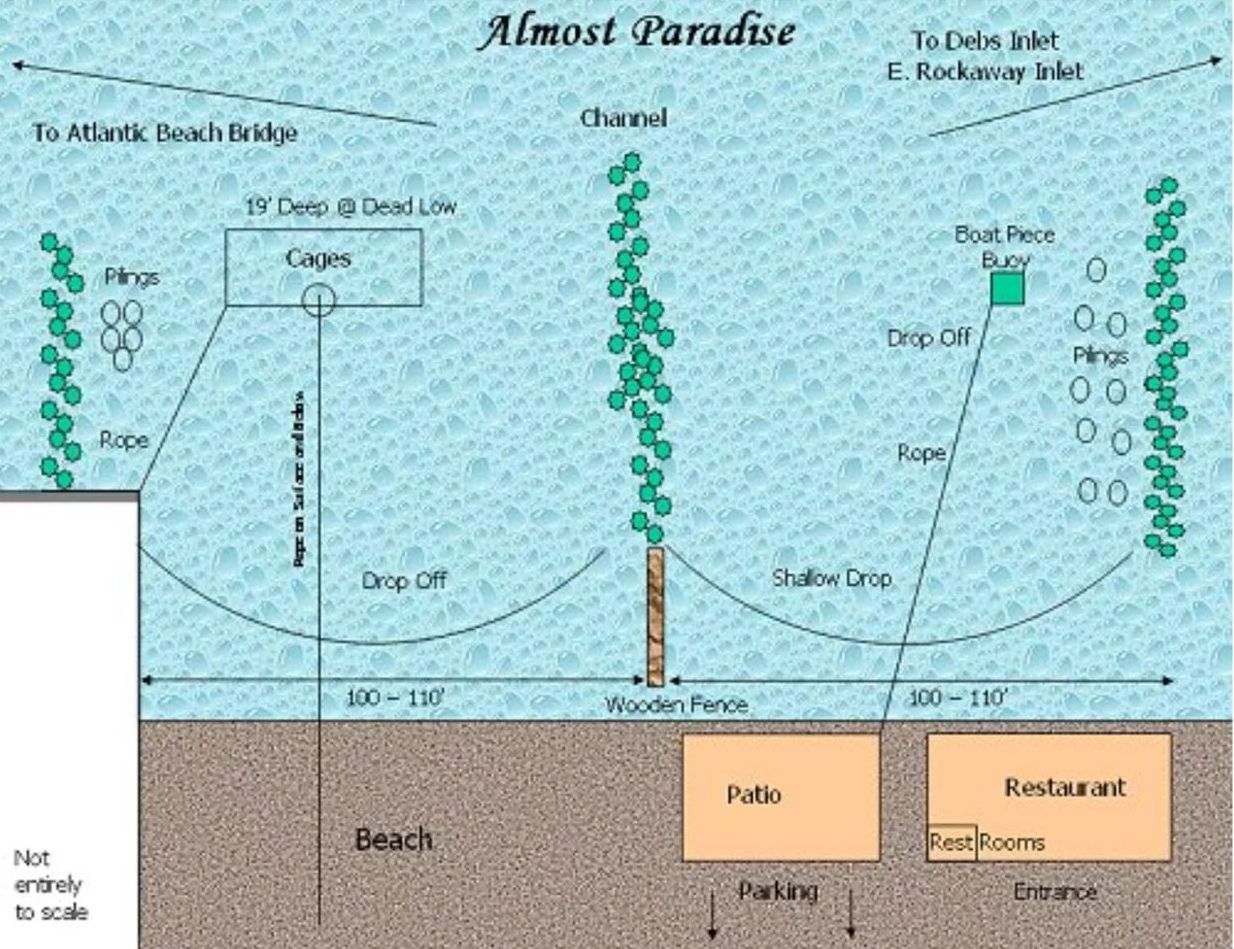
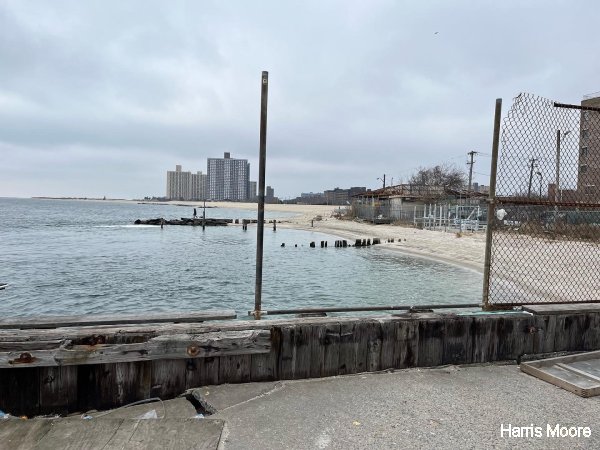
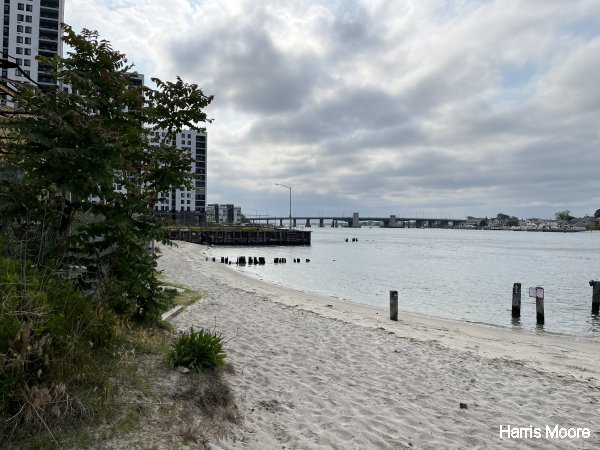
That's a surprisingly white sand beach, considering you are inside the boundaries of New York City! If you squint, those could almost be palm trees. If you squint real hard.
Beach 8th Street
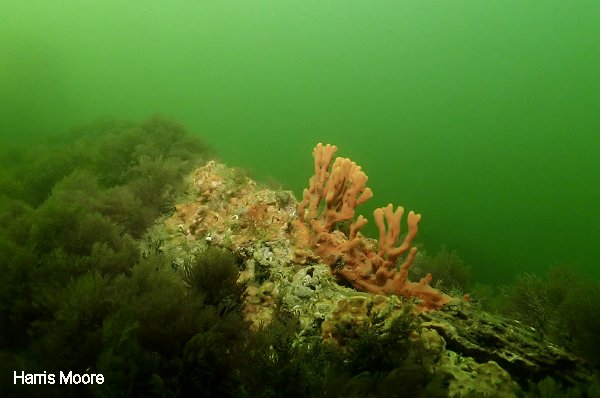
When I mention to non-divers that I'm going scuba diving in Queens, the usual reaction is, "You're doing what, where?" The follow-up questions tend to involve bodies or Superfund sites. The truth is, New York City has its very own beach dive, and it’s actually a really good one. Beach 8th street in Far Rockaway has been a popular dive spot in New York for decades, and even once hosted its own dive shop. The shop is long gone, but the site is still frequented by dive clubs and instructors due to its easy access, biodiversity, and generally good conditions.
Typical depths range from 5-25 ft but can go down to 40+ in the channel. Bottom composition is mostly sandy, with rocks from the jetties and the occasional park bench, tire or cinder blocks providing additional structure and habitat. Visibility averages in the 4-10 ft range, but in the late fall and early spring it is possible to have more than 20 feet. These clear days are particularly rewarding as there are some very impressive encrusting sponges and northern corals growing on the rocks in the channel that make this spot look almost tropical (almost).
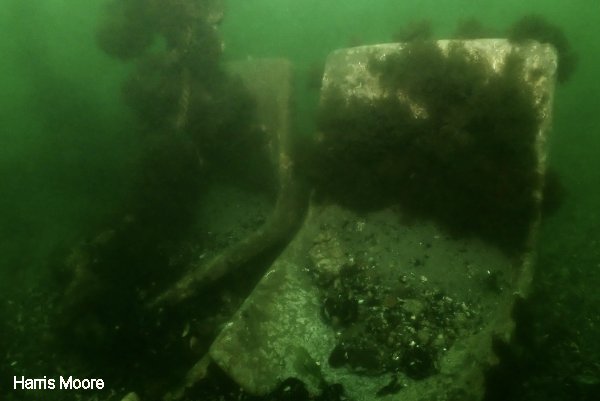
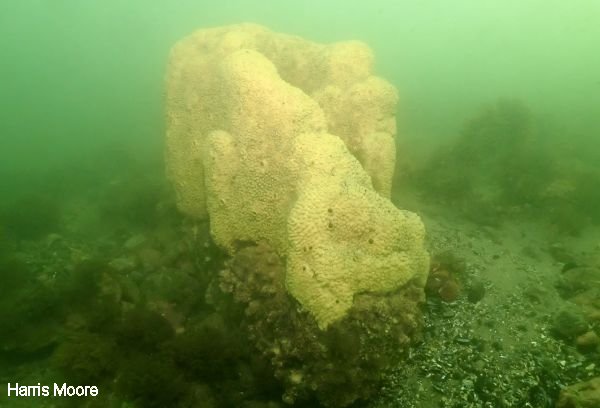
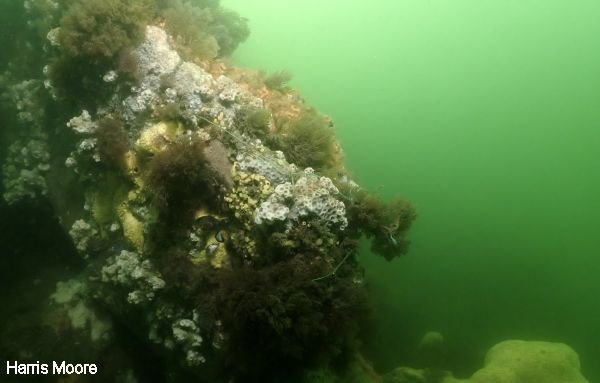
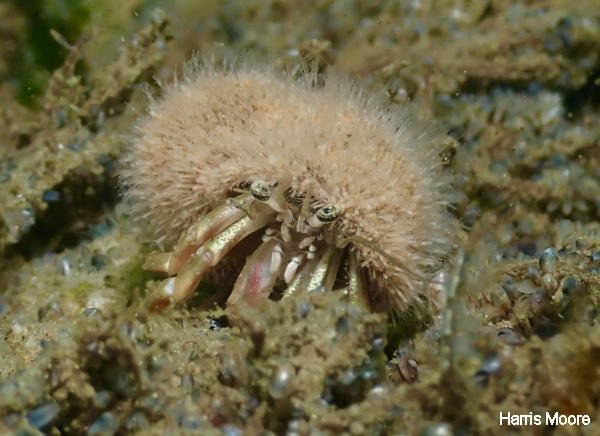
Diving the site should be done at high slack tide to maximize your chances for good viz and to avoid heavy currents, especially near the channel. However the underwater jetties at 8th and 9th street provide a bit of protection from the worst of the current, and this is one of the more forgiving dive sites if you miss slack tide. This is good to keep in mind for when you inevitably miss slack tide by an hour because you got stuck in traffic on the Belt Parkway, and then couldn’t find parking.
Speaking of parking, this is a true New York City dive site, which means the parking situation can be chaotic. While there is some street parking available near 8th and 9th Streets, these spots fill up quickly, especially in the summer when divers and fishermen flock to the site. There have been times when I've had to drop off my gear and park up to half a mile away.
If you are willing to put up with the traffic and the parking you will find that this site is a fantastic spot for marine life. This site is a great place to find blackfish, black sea bass, fluke, oyster toadfish, blennies, and even lobsters. Due to the proximity of the inlet you really never know what the currents are going to sweep in, including tropical fish, skates and dogfish. On my most recent dive there I even managed to find an octopus that had made a very comfortable home for itself in an old cinder block.
Lastly it's crucial to be aware that there are many fishermen and boaters in the area. Make sure to bring a dive flag and a dive knife with you. Unfortunately, there is a lot of monofilament here, and it's easy to get snagged if you're not careful. When you do encounter the fishermen just remember to tell them that all the biggest fish are down by 4th street.
- Harris Moore
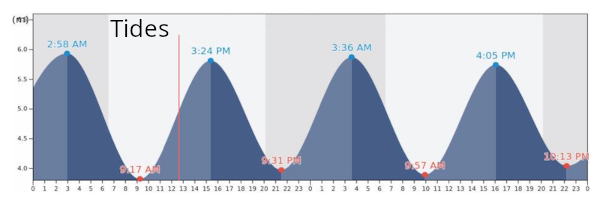
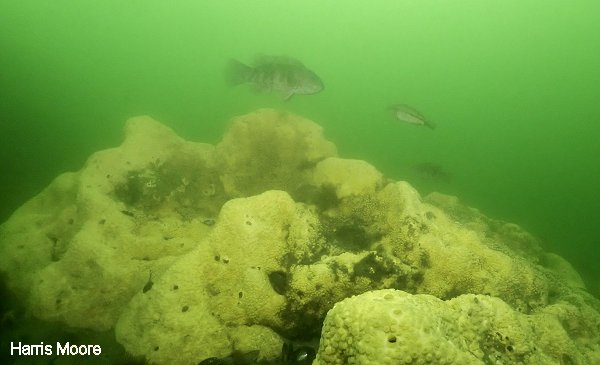
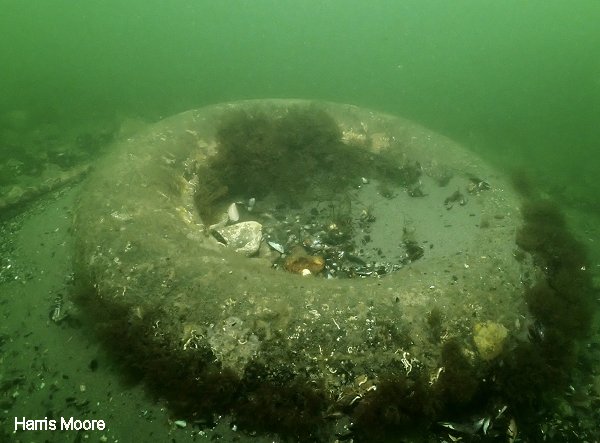
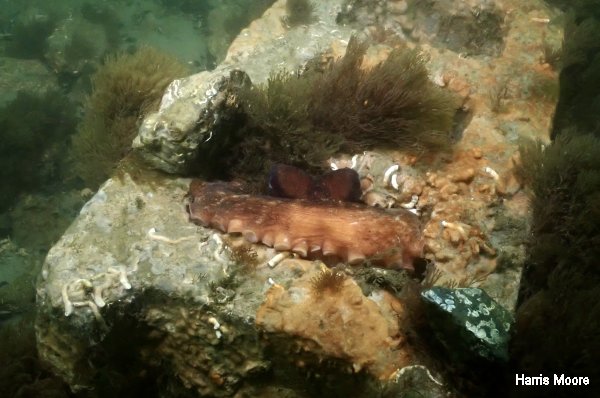
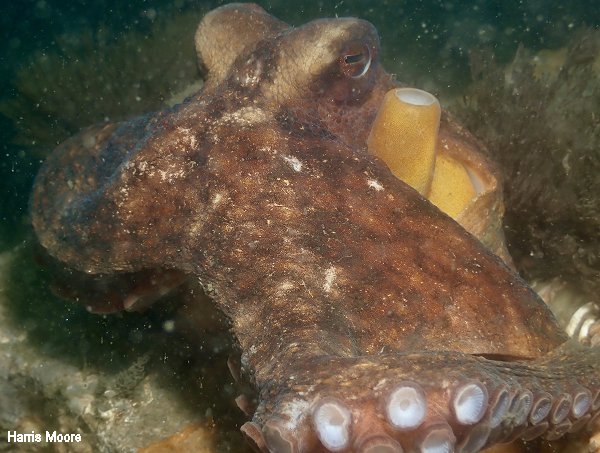
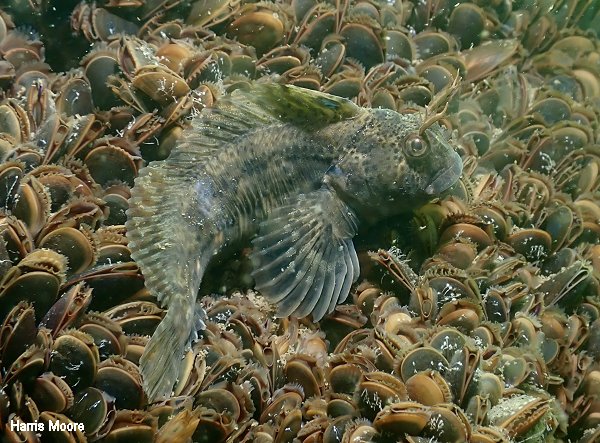
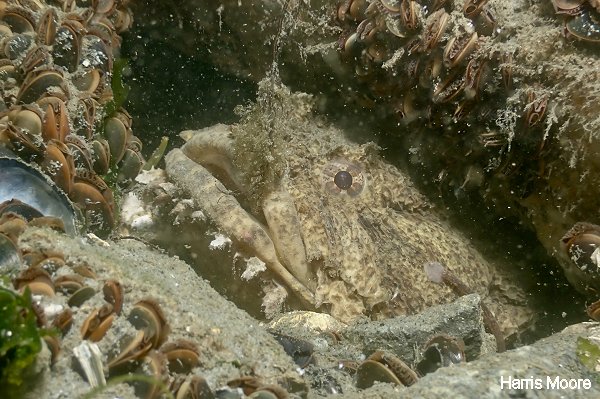
The maximum depth is 40ft, but if you get that deep you have wandered out into the boat channel - very unwise; 20 feet is more sensible. Typical visibility is 0-15ft. The best time to dive this, and any, tidal inlet is half an hour on either side of high slack tide, but tide predictions have been known to be wrong, so get there early, just in case. The low tide is essentially wading in muck. It is possible to ride the currents in to the bridge and then back out, but this is definitely for experienced divers only.
There is only street parking and it’s often packed. In addition to the residents of the adjacent apartment building, the fishermen who take these parking spots have adopted a double-parking system whereby you just write a note of when you’ll be back and your (cell)phone number and block someone in. (This is not going to work very well if you are underwater!)
This site was once used extensively for training dives, much less today. But with the demise of Dutch Springs, that may well change.
"Deb's Inlet"
On April 6, 1869, Davenport "Deb" Wright * became the first year-round resident of Long [Beach] Island. Deb Wright was a fisherman and oysterman who was granted permission from the Town of Hempstead to build a house for himself and his family on Long Beach Island, on a one-acre plot of the beach located approximately where New York Avenue ** is today. On April 6, 1870 a violent storm cut an inlet 500 feet wide and washed away Deb Wright's house [along with Deb Wright?] The new inlet was named Deb's Inlet and is still shown as such on present-day maps.
* To paraphrase Johnny Cash:
Life ain't easy for a boy named Deb ***
** New York Avenue must have washed away as well!
https://www.nysenate.gov/legislation/resolutions/2011/k1393
*** I guess a lot of you kids won't get that, so here:

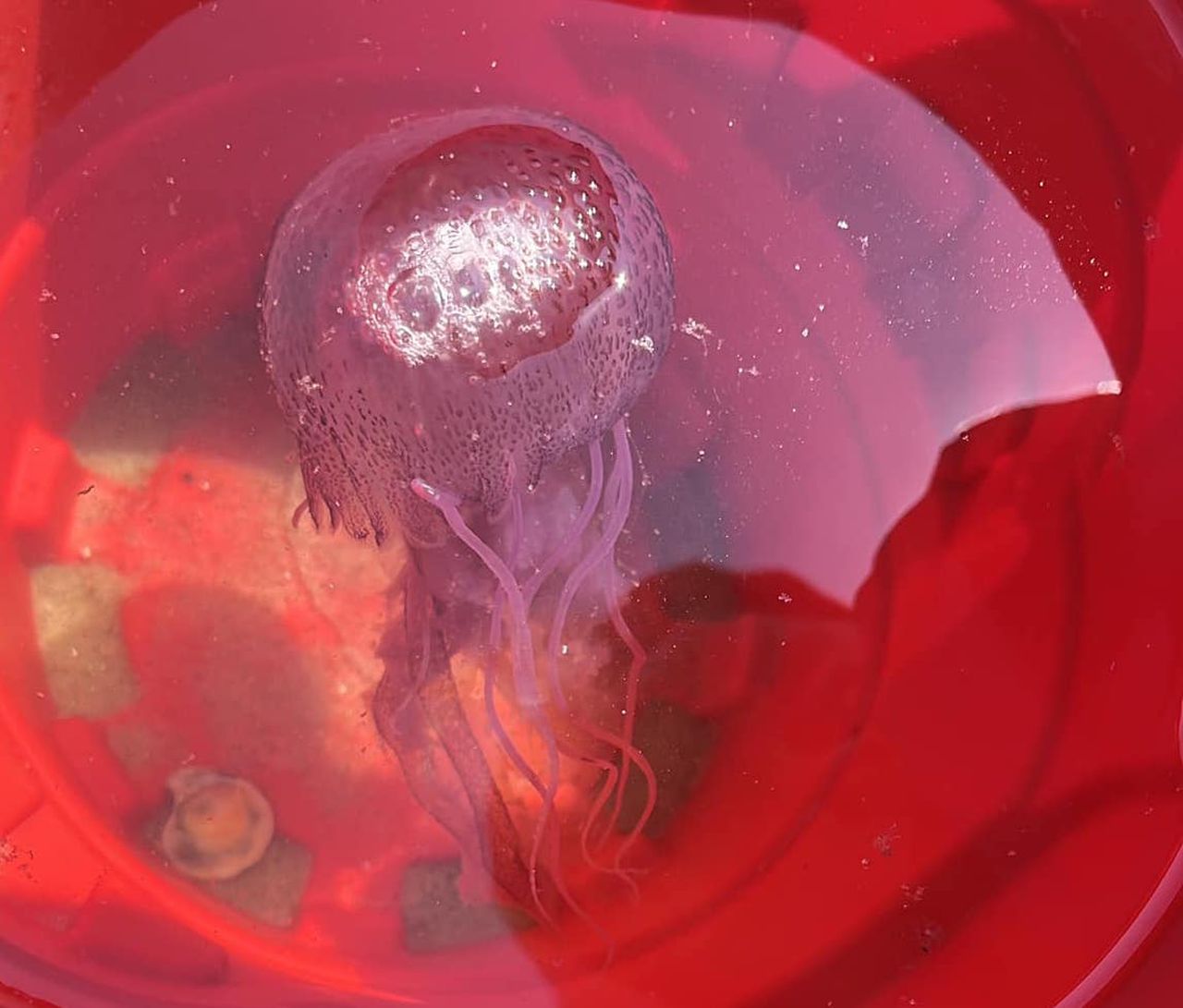
Questions or Inquiries?
Just want to say Hello? Sign the .